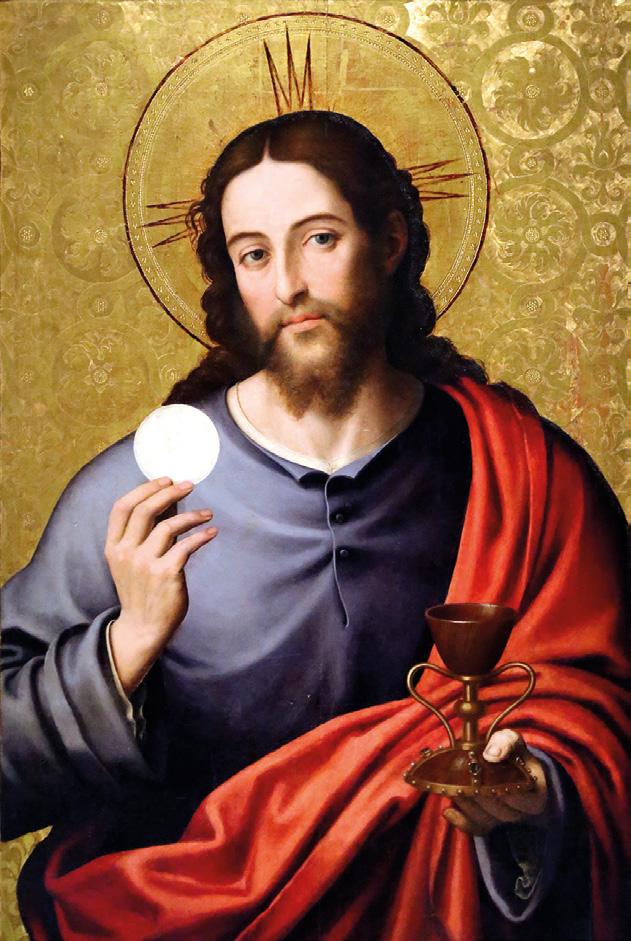
5 minute read
Lulju 2023
Eucharistia’, tgħid b’mod ċar li l‑Ewkaristija tgħaqqad l‑art u s‑sema, u permezz tagħha nsaħħu r‑rabta tagħna mal‑Knisja fis‑sema. L‑Ewkaristija hija fuq kollox iċ‑ċentru tal‑ħajja tal‑Knisja.
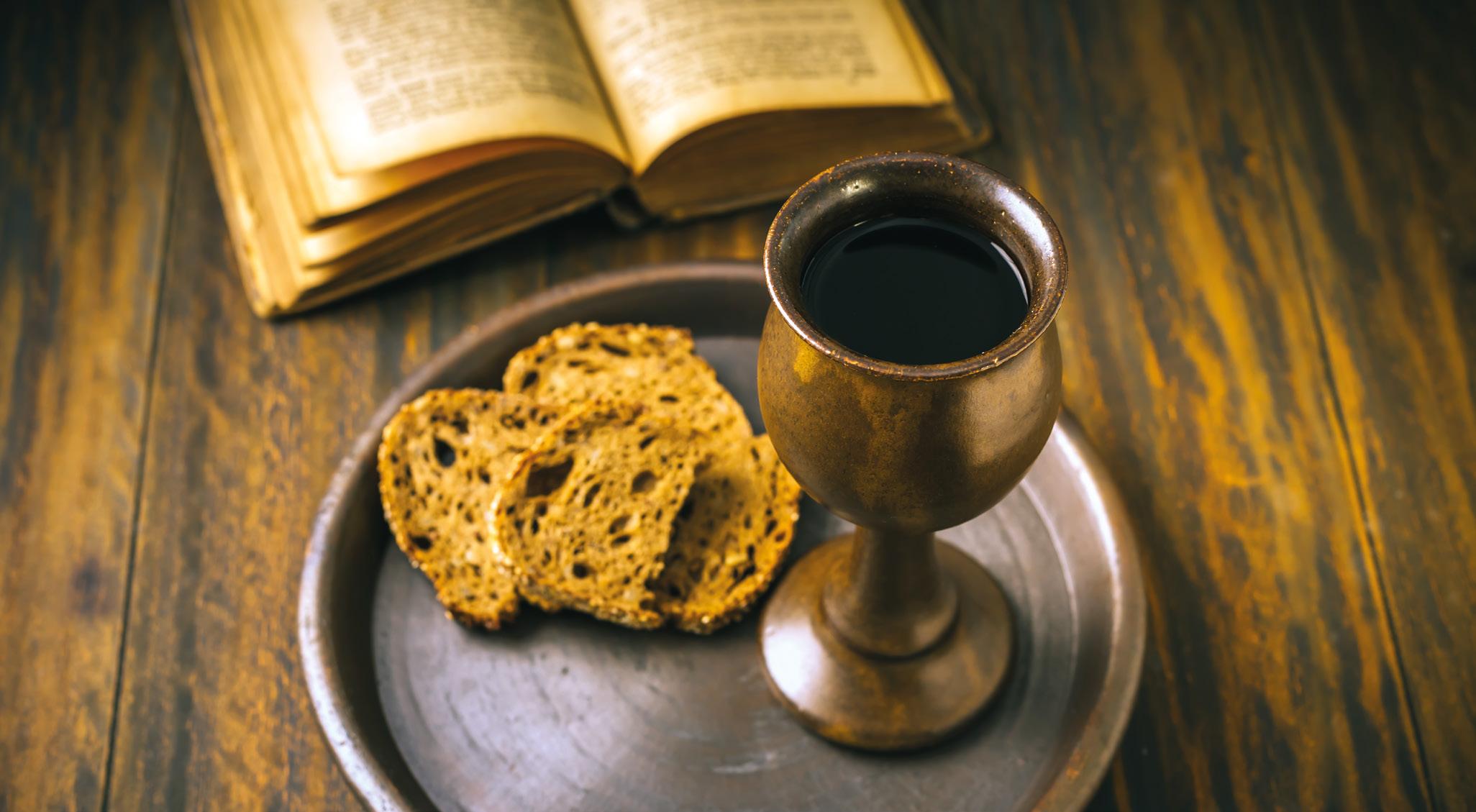
Bl‑Ewkaristija
L‑erbatax‑il Enċiklika ta’ Papa San Ġwanni
Pawlu II dwar l‑Ewkaristija ‘Ecclesia de nipparteċipaw minn issa fil‑frott tas‑Saltna tas‑Sema li hija fuq kollox l‑għaqda bejn l‑aħwa, fix‑xirka tal‑qaddisin kollha m’Alla. Hija parteċipazzjoni minn issa fil‑liturġija tas‑sema fejn l‑ilħna fqajra tal‑umanità jingħaqdu ma’ dak tal‑kor ċelesti fis‑sema, kif nesprimu fl‑akklamazzjoni tas‑‘Sanctus’, qabel il‑mument tal‑konsagrazzjoni fil‑quddiesa. L‑Ewkaristija hija ghalhekk is‑sagrament tal‑għaqda misterjuża tagħna ma’ Kristu, issa f’din id‑dinja u m’Alla fil‑ħajja ta’ dejjem. Din il‑‘koinonia’ mal‑ġisem Ewkaristiku ta’
Ġesù Kristu hija ‘koinonia’ mal‑ġisem mistiku tiegħu li huwa l‑Knisja: “Il‑kalċi mbierek li fuqu ngħidu l‑barka mhuwiex għaqda mad‑demm ta’ Kristu? U l‑ħobż li naqsmu mhuwiex għaqda mal‑ġisem ta’ Kristu?
Għax la l‑ħobża hija waħda, aħna, li aħna ħafna, aħna ġisem wieħed; ilkoll kemm aħna nieħdu sehem minn ħobża waħda.” (1 Korintin 10:16‑17) Tassew li dan is‑sagrament jgħaqqadna minn issa mal‑Knisja tas‑sema, mal‑Verġni
Marija u mal‑Qaddisin kollha fil‑mixja tagħna lejn
Ġerusalemm tas‑Sema, fil‑Belt Eterna tas‑Sliem.
Il‑mixja tal‑Knisja hija għalhekk l‑istess mixja li mxew iż‑żewġ dixxipli ta’
Emmaws wara li għarfu lil
Ġesù fil‑qsim tal‑ħobż, mixja
Charity Shop
No.92, Qormi Road, Hamrun
Opening hours:
Monday‑Friday 8.30am‑12.30pm
Saturday 8.30am‑3.00pm
We sell: lejn Ġerusalemm tas‑Sema. L‑Ewkaristija għandha tassew id‑doni kollha li jwasslu lill‑Knisja għall‑milja tagħha eskatoloġika għax tassew dan is‑sagrament huwa vjatku, ‘triq’, lejn is‑sema.
Nagħlaq hawnhekk b’episodju li nsibu fl‑Atti 1:1‑11, fejn Ġesù Rxoxt, qabel it‑tlugħ tiegħu fis‑sema, jistieden lill‑appostli li kienu f’Ġerusalemm fejn iċċelebraw l‑Ewkaristija, sabiex joħorġu lejn l‑Għolja taż‑Żebbuġ, mhux iktar issa għat‑tbatija fl‑Ort tal‑Ġetsemani u għall‑passjoni, imma issa għall‑glorja fis‑sema. Dan l‑episodju juri biċ ċar ir‑rabta li hemm bejn l‑Ewkaristija u l‑glorja tas‑sema. L‑Ewkaristija hija għalhekk is‑sagrament tal‑ħajja ta’ dejjem: “Min jiekol ġismi u jixrob demmi għandu l‑ħajja ta’ dejjem, u jiena nqajmu mill‑imwiet fl‑aħħar jum.”
(Ġw. 6:54)
Clothing for men, women, children and babies: Jackets, trousers, t‑shirts, shirts, tops, socks, ties, suits, dresses, bags, gloves, baby grows, hats, etc.
Baby essentials: Push chairs, cots, car seats, potties, baby high‑chairs, etc.
Accessories: Jewellery
Books: Educational, classic, fiction, foreign, religious, etc.
School Items: Stationery, pencils, covers, etc.
Toys: Soft toys, games, puzzles, etc.
Cards: Birthday, anniversary, Holy Communion, Christmas, Easter, Wedding, Christening, etc.
Kitchenware: Crockery, cutlery, plates, bowls, glasses, utensils, waterjugs, etc.
Glassware: Adverts
Homeware: Ornaments, statuettes, china, frames, carpets, sheets, pillowcases, crochet, doilies, knitwear, prints, paintings, decorations, etc.
Household Goods: Shades
Gifts: Occasional cards, Holy Communion, Confirmation, Wedding party souvenirs, etc.
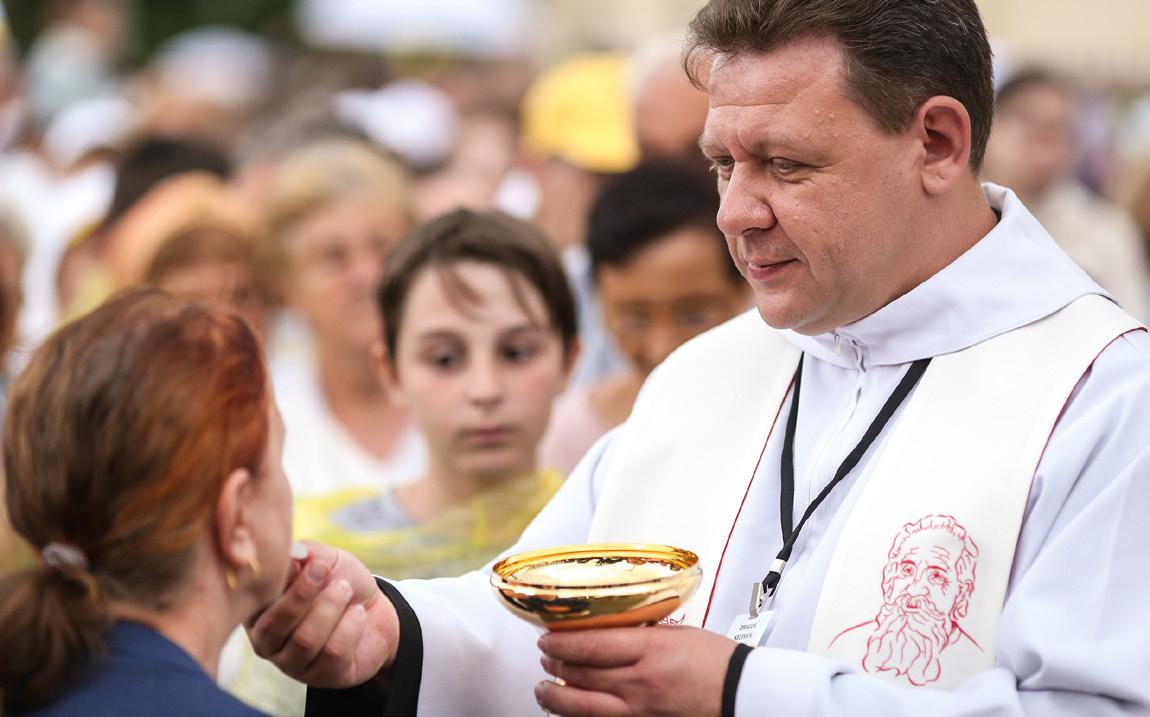
Bric & Brac: Knick knacks, and much more.
We accept plastic bottle caps.
Missio Malta Supports The Works On The Formation House, Scuola Epiphany, Tagaytay, Philippines
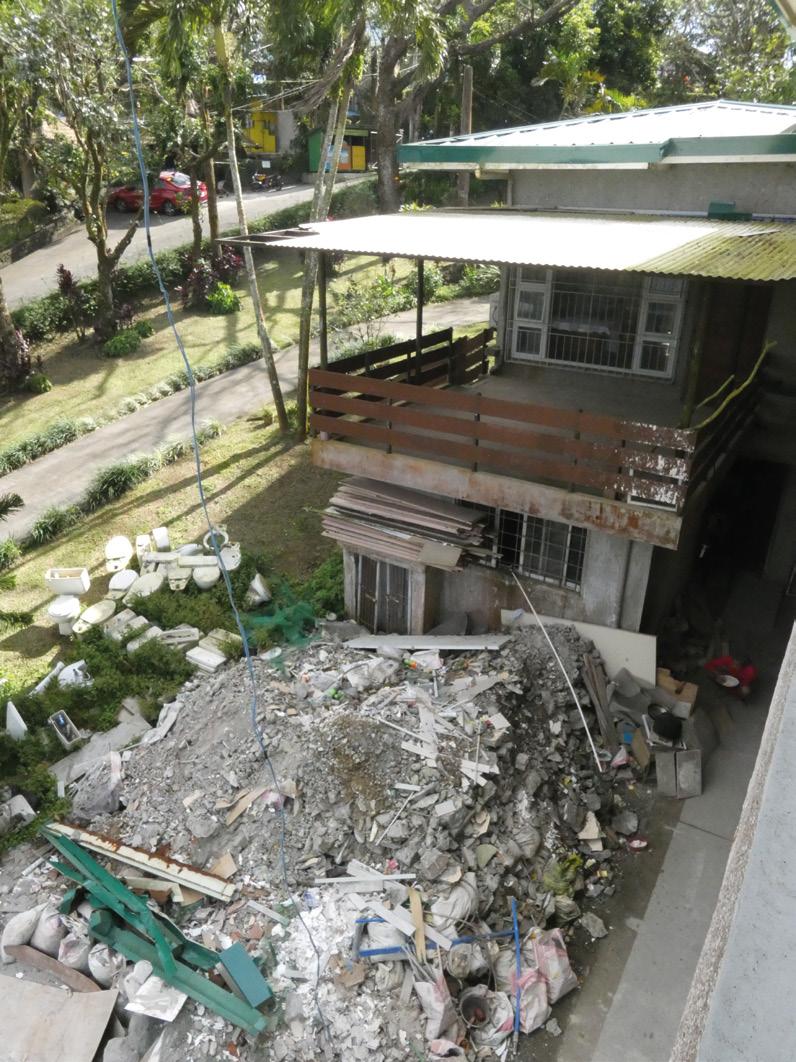
Fabile from Catarman Samar, and also a description of a volcanic eruption of Taal Volcano that affected many people’s livelihood and damaged many buildings, including the formation house.
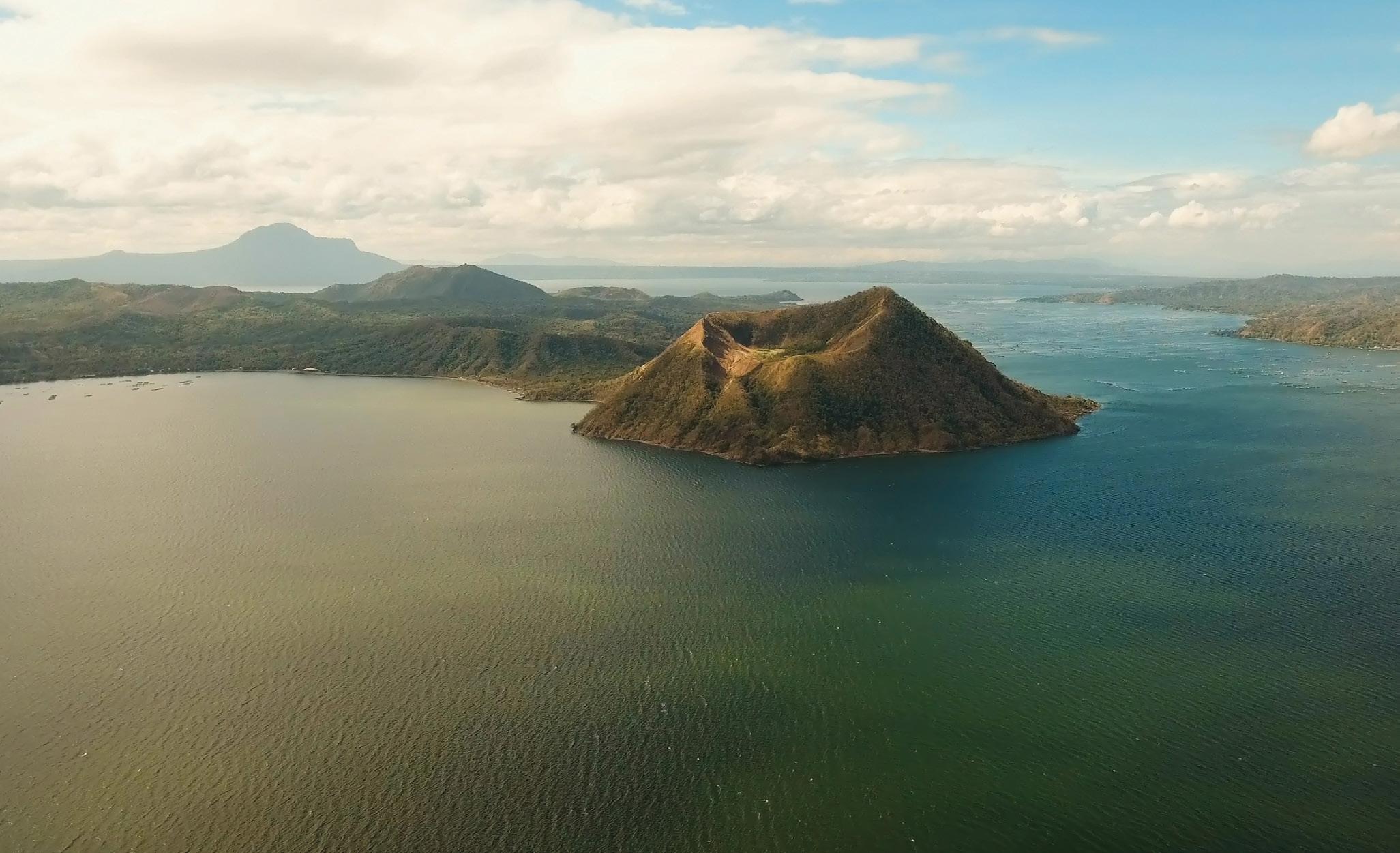
This article is partly an interview with the Head of Scuola Epiphany (Epi), Father Fidel
On 1st July 2021 Taal Volcano, which is in the Region of Batangas in Luzon Tagaytay, erupted and generated a plume 1km high. This was followed by four small eruptions of 200 metres high on the same day in the evening, and a volcanic tsunami and typhoon followed the eruption after a few days, making the situation of broken buildings and homeless people even worse. According to Philippine Government statistics there were 300 families or 1,306 people taking temporary shelter in 12 evacuation centres and another 189 people staying with their families after displacement. Amongst the buildings that were affected was the formation house, Scuola Epi, a school of life for the seminarians and priests of Asia. The heat and acidity of the ashes from the volcano burnt the ceilings and the walls of the building, and when there was the strong typhoon, the torrential rainfall flooded the building and the road was also damaged. This all happened during the challenging times of COVID‑19 and due to these damages the formation building was abandoned. The formation house was opened again a year ago, in February 2022, and since then with support from Missio Malta, renovations started, including changing parts of the roof and the internal flooring and furniture, since it was damaged by termites. Twelve seminarians, including the head of the formation house, Father Fidel, are now residing in it. Last year, a new group of priests went to live in the house to try to understand what is communitarian spirituality, which is about living in communion in a practical way and how priests can survive in the midst of the hectic world. The communitarian living helps the seminarians and priests survive since by helping one another and living in fraternity, the kindness, understanding, sharing and support given to each other helps the priests to have a sense of belonging and a home to be able to help the poor in the area.
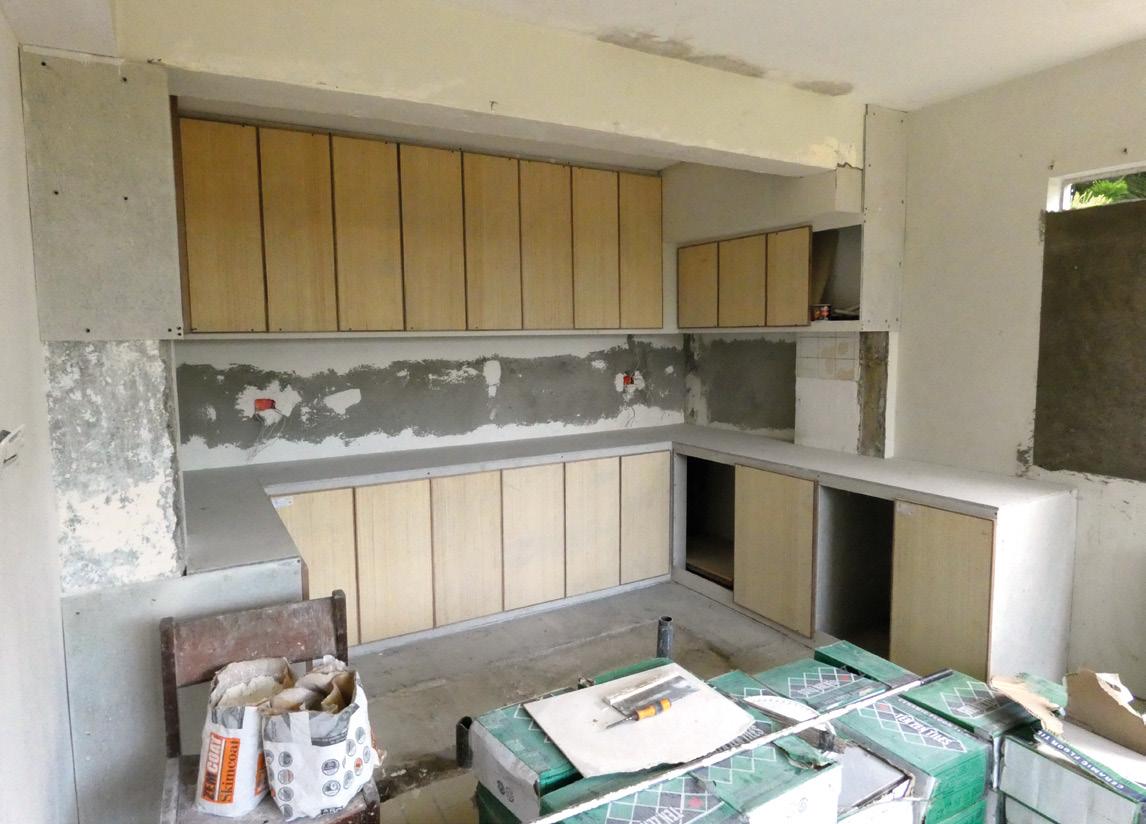
The Origin Of The Formation House
In the interview, Father Fidel stated that when Father Victor and Father Anthony arrived in Tagaytay they realised that the priests were not well supported, especially those assigned to remote areas, with no communication, no transportation available and due to a lack of support, life was a struggle and miserable. The idea of the formation house is to allow priests and seminarians, who are usually sent by the Bishop from all over Asia including Thailand, the Philippines and others, to experience communitarian spirituality and provide a space for the community where people can help and support one another not just in material things, but in companionship which will help them survive in a hectic world, especially when they face challenging situations to help the poor people in the area. The seminarians usually stay for six months in the formation house and they can extend and stay longer if they wish to. This experience of practical formation does not replace the formal theological formation in the seminary, but is provided over and above the theological academic education. This experiential communitarian living is offered in order to intensify and deepen the relationships, to learn to empathise with one another and to live the experience they would have been trained in the seminary which they can then transfer in their pastoral work when they leave the formation house.
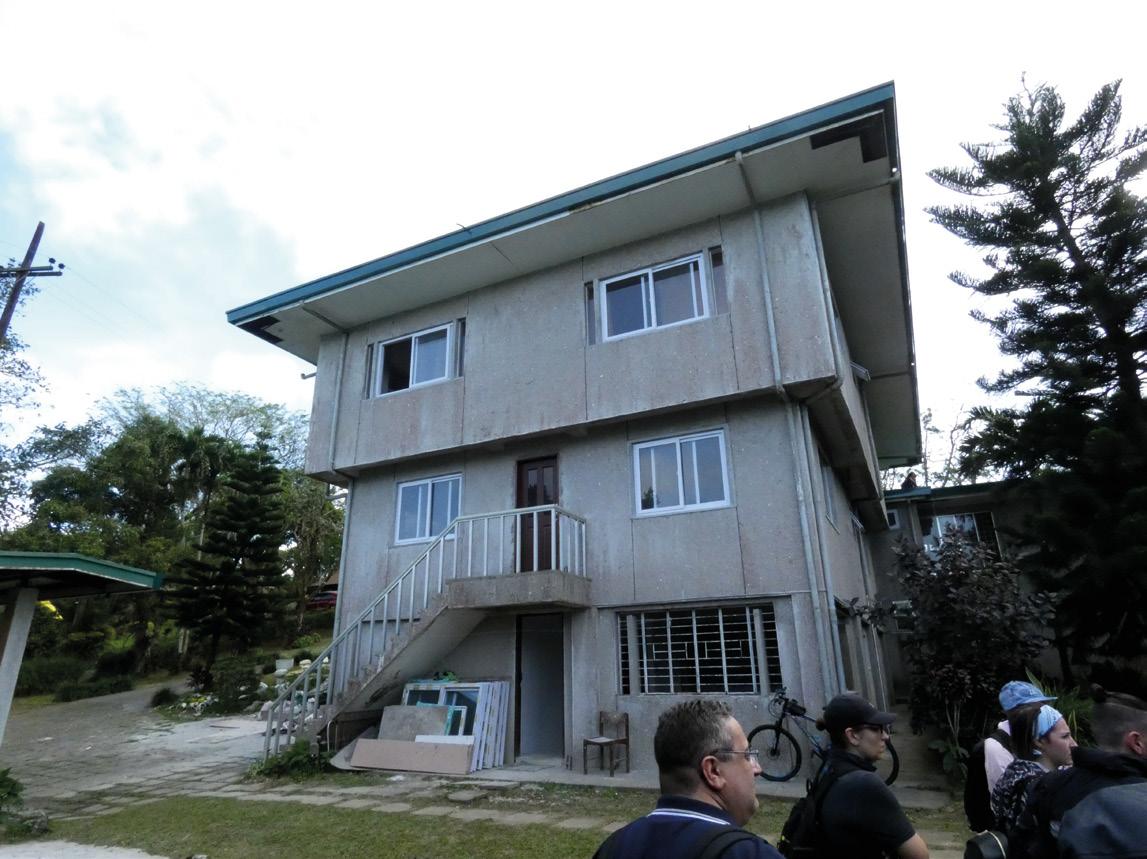
The Function Of The Formation House And Its Positive Social Impacts
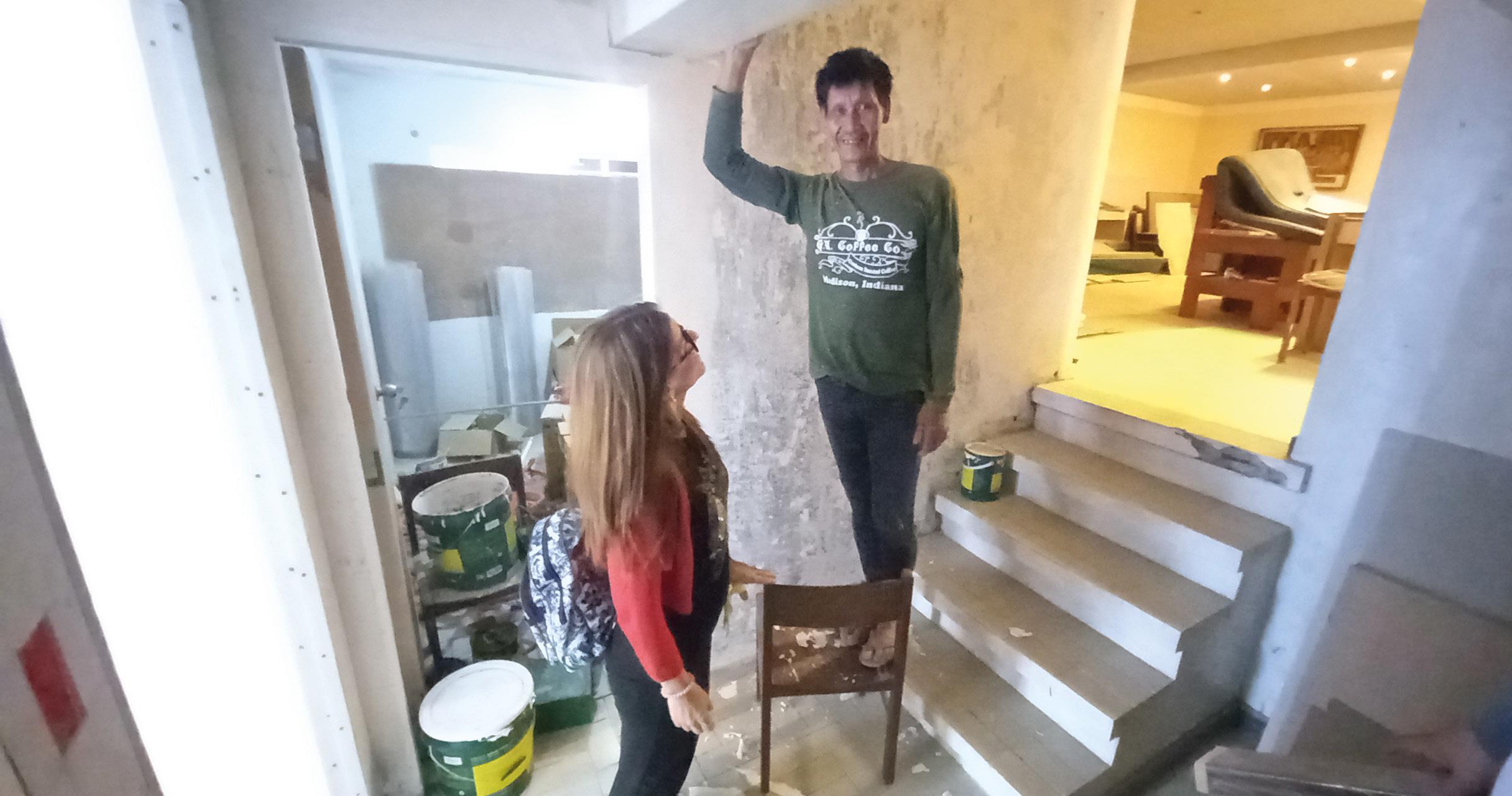
The goal of Scuola Epi Formation House is to offer a ‘school of life’, a laboratory of the Gospel, animated by the spirituality of the Focolare, by its charism of unity. Father Andrew Recepcion of the Archdiocese of Cáceres, Philippines says that the school of life, means that it is a school of evangelical life. It is a school where the classroom is the whole space of the formation house, including the kitchen and living room, since it is in the everyday tasks, such as cooking together, that the spirituality of communion is practised. The ‘books’ and ‘classrooms’ are life itself, a space of encounter with others even outside the premises of the school. An example of this classroom outside the school is when seminarians visit different ‘barangay’ (villages), in order to meet, spend time with and become friends with local people. This is experienced as an encounter built on trust and doing daily things together such as eating a coconut, and not focused immediately on teaching catechism.
Father Toni Weber and Father Victor Agius, who set up the formation house through the relationship they formed with the neighbours, offered child sponsorship to the poor, but well‑deserving children. This was the foundation of the social project Pagasa, which started in the late 1990’s and today caters for the health, education and food of around 500 families. Therefore, with Missio Malta supporting the rebuilding of the volcanic‑damaged parts of the formation house, one is not only supporting the twelve seminarians in the house, but through it, many families find their dignity through long term sustainable programmes, including the formation for lay people through catechesis by the seminarians, food programmes and child education programmes. Since the formation house is part of a bigger community, including the eco‑farm to supply organic nutritious food for the poor families, Pagasa social centre that provides child sponsorship and spiritual formation, the carpentry shop that provides education and employment to out‑of‑school youths, the development is










